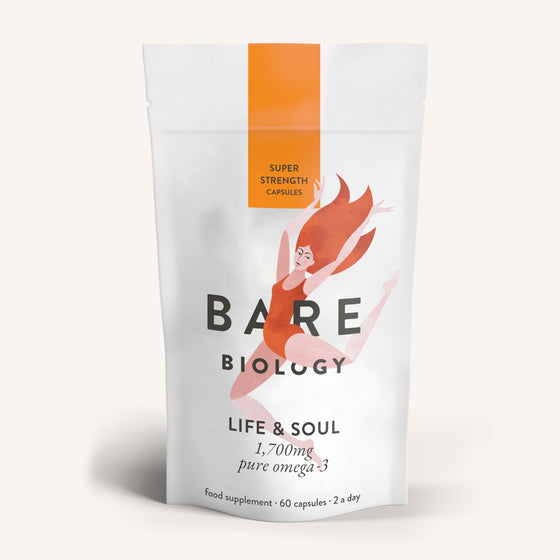Tearing the end off a crunchy French baguette on the way home from the boulangerie or dunking a flaky pastry in a morning coffee. A distant memory for those of us who follow a gluten free diet. Some things just can’t be recreated without gluten (although gluten free brownies are delicious and often better than the fully loaded, white flour varieties).
A good, chewy sourdough is a precious thing and I think I may have found the answer for those who are gluten free.
Fed up with rubbish and/or ridiculously expensive shop bought gluten free bread, I set out to make something that would do justice to my avocado and poached eggs. Finally, with a little inspiration from Naomi Devlin’s River Cottage course, I think I may have cracked it.
While this recipe might seem time consuming, it’s more a matter of patience than elbow grease. As the saying goes, all good things come to those who wait…
Gluten Free Buckwheat sourdough
Makes 1 loaf
Ingredients
Night before
150g Sourdough starter*
100g Rice flour
140g Buckwheat flour
300ml Water
On the day
125g Gluten Free Plain flour (I use Bob’s Red Mill All Purpose flour)
60g Ground linseeds
50g Molasses
1 Tablespoon Psyllium husk & 1 Teaspoon Salt dissolved in 60ml water
This loaf is best started the night before you want it. Mix the sourdough starter, rice flour, buckwheat flour and water together in a bowl. Cover and leave to soak overnight, in order to start breaking down the grains which make them more digestible.
In the morning, mix in the plain flour & ground linseeds. Stir through the molasses plus the psyllium mixture until the dough has turned the colour of ginger cake.
The dough should be the texture of a fairly firm cake batter. Grease a 1lb loaf tin with butter and sprinkle with some extra ground linseeds. Pour the dough into the tin and smooth the top a little. Leave to rise in a warm place for 3-4 hours.
If you need to create a warm place for the loaf to rise, set your oven to its lowest temperature for 10 minutes and then turn off before placing the loaf inside.
When nearly ready to bake, set the oven to 200°C (remembering to first remove the loaf if you had it in there to rise!)
When the oven is up to temperature, carefully place the loaf on the middle shelf. To help create a crispier crust, you can place a tray of hot water on the bottom shelf to create some steam.
Bake the loaf for 20 minutes before turning the oven down to 170°c for a further 45-50 minutes. If the loaf looks like it is becoming too dark on top, simply cover with some tin foil.
Remove the loaf from the oven and take out of the tin using a cloth to protect your hands. Tap to bottom of the loaf to check if it is ready – it should sound hollow. If not, return to the oven without the tin for an extra 10 minutes.
Leave to cool completely before slicing. The loaf is best eaten on the day or sliced and stored in the freezer, ready to pop straight in the toaster when needed.
* To create a gluten free sourdough starter, Naomi Devlin has a great recipe using rice flour in her River Cottage Gluten Free book. Alternatively you could simply use 100g good quality live natural yoghurt & 50g rice flour in its place.
Ros Bates created 'A Manner of Eating' to provide recipes & resources for those with food intolerances. She is also Head of Nutrition at Healthy Start Holidays.






